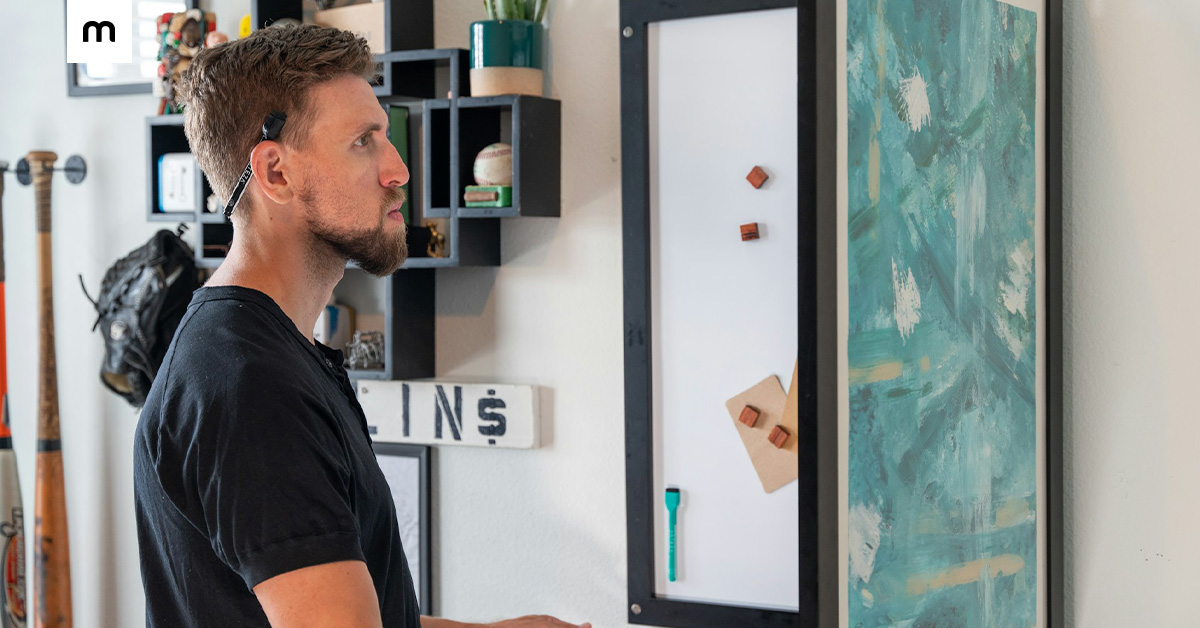Planning to build a website? Start with these must-do steps

Before you dive in and build a website, it's important to clearly outline your goals, understand your audience, and choose the right website builder for your small business. While the process of building a website has become simpler than ever, there are still essential steps you should take to ensure your online presence is professional, effective, and engaging.
Whether you're starting a blog, launching an eCommerce store, or making a website for your small business, here are key points you should consider to set yourself up for success.
Define Your Website's Purpose and Goals
Before you even select a website creator, clearly identify the purpose of your website. Ask yourself:
- Are you creating a website to sell products, showcase your portfolio, or provide information?
- What actions do you want visitors to take when they land on your site?
Having a clear goal helps you build a website with intention, guiding every decision you make regarding content, design, and functionality.
Know Your Target Audience
Understanding your target audience is crucial. When you know who your visitors are, you can tailor your website's content, visuals, and user experience to their specific needs and preferences. Consider:
- Age, gender, location, interests, and browsing behavior
- The type of content or information your audience values most
- The visual style and tone of voice that best connects with your visitors
Choose the Right Website Builder for Your Small Business
Selecting the best website builder for your small business can greatly simplify the website creation process. Opt for a platform like Mozello, which is specifically designed for entrepreneurs and small businesses. Key considerations when choosing a website builder include:
- Ease of use: A user-friendly platform allows you to create a website quickly without technical headaches.
- Features: Consider built-in features such as eCommerce capabilities, blogging tools, SEO support, mobile optimization, and multilingual options.
- Affordability: Find a platform that provides a clear and fair pricing structure, including free domain options.
Mozello, for example, offers an intuitive and affordable solution, making it an ideal choice for small businesses looking to establish a professional online presence with minimal effort.
Plan Your Website's Structure and Content
Before you start creating your website, plan out its structure to ensure easy navigation and an enjoyable user experience. Essential pages typically include:
- Home
- About Us
- Products or Services
- Portfolio or Gallery
- Blog
- Contact
Also, think through your content strategy. Identify what information needs to be communicated on each page and ensure your content aligns with your overall goals and audience expectations.
Optimize for Search Engines (SEO)
As you build a website, it's essential to keep SEO (Search Engine Optimization) in mind. Good SEO practices increase your visibility on search engines, helping potential visitors find your site. Basic SEO strategies include:
- Using relevant keywords naturally in your content
- Adding descriptive alt text to images
- Creating clear, concise, and informative page titles and meta descriptions
- Building internal links between pages
A website builder like Mozello includes built-in SEO tools, helping you optimize your content effectively right from the start.
Design and Branding Consistency
A visually appealing website isn't just about aesthetics; it's about establishing trust and consistency with your brand identity. When you build a website, keep your branding consistent:
- Choose colors, fonts, and imagery that align with your brand
- Ensure your logo is prominent and consistent across all pages
- Maintain visual coherence to create a professional appearance
Don't Forget Mobile Optimization
With more people browsing websites from their phones than ever before, mobile optimization is critical. Your website should provide a seamless, responsive experience regardless of the device visitors use. Choose a website builder like Mozello that automatically optimizes your website for mobile devices, ensuring a smooth and enjoyable experience for all your visitors.
Optimize Images for Better Performance
Optimizing your images is crucial for ensuring fast page loading speeds and an improved user experience. Large images can slow your website down significantly, which can negatively impact visitor retention and your SEO rankings. To optimize your images:
- Compress your images without sacrificing quality using online tools.
- Choose the correct file format (JPEG for photographs, PNG for graphics with transparency).
- Use descriptive filenames and alt-text to enhance your SEO.
Test and Gather Feedback
Before you launch your website, conduct thorough testing to ensure everything works smoothly:
- Check all links and buttons
- View your site on different browsers and mobile devices
- Ask friends or colleagues for honest feedback to catch any usability issues you might have missed
Plan for Regular Updates
Once your website is live, regular updates keep your content fresh and relevant. Plan a schedule for posting new content, updating product information, and reviewing website analytics to make continual improvements.
Launch Your Website with Confidence
By following these essential steps, you'll be well-equipped to create a website that effectively supports your small business or online venture. With a reliable website builder like Mozello, you can build a website that resonates with your audience and achieves your business goals effortlessly.
Ready to start creating your website? Try Mozello today and experience the simplest way to launch your professional online presence.
